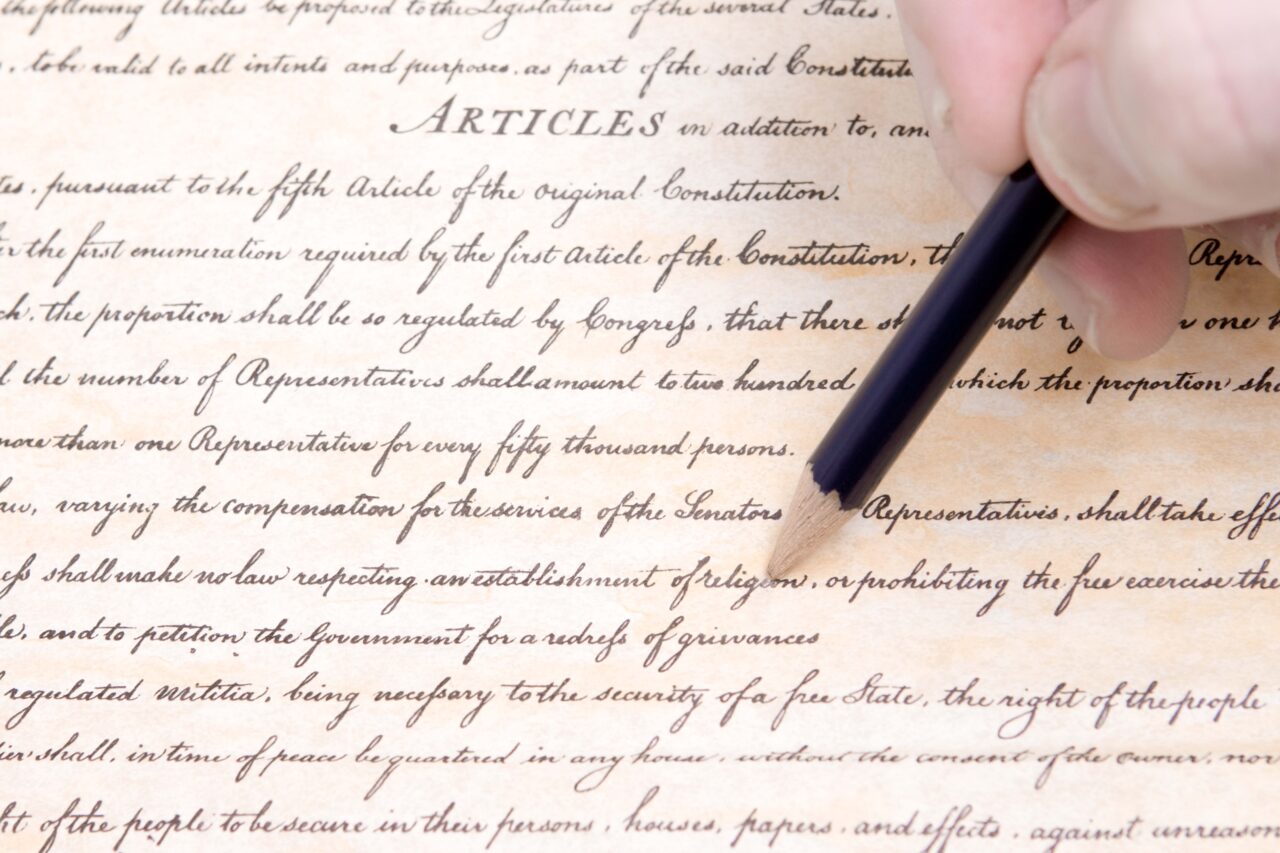1 Description
Over the holiday, I surveyed six people about the freedoms of the First Amendment. The survey consisted of a question about passing a ‘new’ amendment the Congress was about to enact as law. This new law would allow fundamental freedoms under the Constitution’s First Amendment. Unfortunately, the subjects weren’t aware that I was speaking of the Amendment that’s been a part of the U.S. Constitution since 1791.
The age groups of the small study included two subjects over forty. The second group had two participants fifty and over, while the third group consisted of two seventy-plus participants.
While all agreed with their newfound freedoms, the participant’s recognition of the First Amendment was mixed. Fifty percent of each group, except the forty-plus group, recognized the freedoms as part of the First Amendment and seemed familiar with its allowances. In addition, all six participants agreed that the freedom of religion and speech was integral to our society. However, two participants in the 60+ group felt that freedom of the press and assembly were just as important. None of those quizzed thought that the rights went too far. However, two of the six (one 70+ and 40+) thought they might not go far enough to protect citizens from the government.
40+ (Wife R) agrees – did not recognize (Friend 1 – Male R) agree – did not recognize – 50%
50+ (Co-Worker 1 – Male D) agrees – recognized (Co-Worker 2 – Male R) agrees – did not recognize – 50%
70+ (Parent 1 – Father D) agrees – did not recognize (Parent 2 – Mother D) agrees – did not recognize – 50%
2 Analysis
The patterns that emerge here are the younger of the three age groups did not solely recognize the First Amendment. They knew they recognized the freedoms but couldn’t label the Amendment by name. Support and agreeance answers are another pattern we can see here. All agreed that freedoms are essential, but the females I talked with agreed that the freedoms didn’t go far enough in protecting the sovereignty of females. It was a common theme between the two of them. Another pattern that emerged during the conversations was the mention of Twitter and Elon Musk during our discussions. My co-workers felt strongly about free speech because of our occupations as broadcasters, responding to it as fundamental for journalists.
3 Interpretation
In this less-than-scientific poll, the patterns loosely show that females may feel that the First Amendment doesn’t go far enough in its protection. Their answers were similar. Their support is attributed directly to the freedoms females are allowed and others remarkably denied. However, regardless of their political leanings, they all felt that freedoms were critical and supported the First Amendment. The older groups knew the freedoms. One Native American in the group noted the idea of sovereignty and the rights that the First Amendment affords not all groups.
4 Evaluation
The interviewees judged the freedoms as the backbones of our Democracy. They mentioned that these were fundamentals of the current law. It was tough because these questions were difficult to work into a conversation and keep it internal that this is the First Amendment. My co-workers thought I was off asking them such a serious question and subject matter. However, they did mention past experiences and dealing with the First Amendment directly in their media careers. The older groups had more to say about their experiences when encountering First Amendment. Those I interviewed had some knowledge of the First Amendment from decades ago. I was impressed with my Mother’s answers; she is very reserved and quiet with her opinion until you ask her. She talked about women’s rights in a way I had never heard her talk about women’s rights and their freedoms. The fact that women still feel like their voice is non-existent is archaic and needs eradicating efficiently. It is fascinating that of the patterns that emerged is one about women and their rights fitting with (or not) the Amendment. When I mentioned the freedoms, these women felt particular about how the law of the land affords these unalienable rights and privileges to women.
5 Engagement
It seems other groups of people of different races share women’s feelings about freedom. According to the Knight Foundation, beginning in 2011, the race and gender of high school students have created differences in support of the First Amendment. Their research also reflects that boys show more enthusiasm for those that say whatever they want in a public setting. According to the study, future support shows amendment overreach in students of color. It seems ironic because I encountered results showing that gender may play an essential role in support of the First Amendment and its freedoms.
